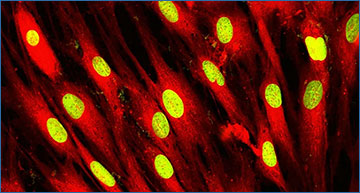In the fast-paced field of single-cell biology, studies that compare methods can help scientists to pick the right technique for their research.
Single-cell biology has exploded over the past decade. Between 2015 and 2021, studies in the PubMed database of biomedical literature using the term ‘single-cell’ more than tripled, driven largely by technological innovations in isolating single cells and their molecular content.
Researchers use these and many other methods to probe individual cells in different ways, from characterizing their gene expression to documenting their epigenetic state, transcription factor activity and cell-to-cell communication.
“Single-cell biology has really been opened up to a much broader audience,” says Samantha Morris, a developmental biologist at Washington University in St. Louis, Missouri.
But even though the proliferation of wet-lab techniques and analytical methods has expanded access to single-cell studies, it has also muddied the waters for researchers trying to pick the best approach. The online single-cell RNA tools catalogue, scRNA-tools, lists nearly 1,400 software packages that turn single-cell data into scientific insights. How are researchers supposed to choose?





